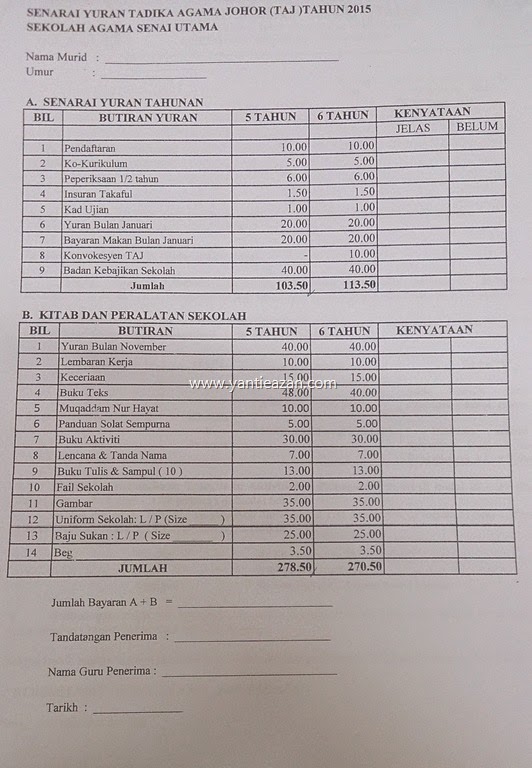An Electromagnet Produces Mechanical Energy From Which of the Following
The energy acquired by the objects upon which work is done is known as mechanical energy. Mechanical energy can be either kinetic energy energy of motion or potential energy stored energy of position.

Difference Between Ac And Dc Generator Ac Vs Dc Generator Mechanical Energy Electromagnetic Induction Electrical Energy
The answer is letter D.

. Mechanical energy depends on an objects position and motion and its power comes from the sum of moving kinetic energy and stored potential energy. Steam pushes turbine blades in a generator which changes the mechanical energy into electrical energy. See answer 1 Best Answer Copy An electromagnet uses an electric current flowing through a wire.
Electromagnetism is a branch of Physics that deals with the electromagnetic force that occurs between electrically charged particles. Dynamos or generators generating direct current DC mainly for low voltage applications. Increasing the number of wire turns around the core.
Movement of charged particles through the wire. Get 1-on-1 help from an expert tutor now. Increasing the number of batteries that are connected.
The mechanical energy in the generator produces energy by making the machines work and then transmitting this into the power lines of commercial industries communities and others. A device that converts mechanical energy into electrical energy by the relative motion of a coil of wire with respect to a magnetic field Electromagnetic the process of generating a current by moving an electrical conductor relative to a magnetic field. A current through the wire creates a magnetic field which is concentrated in the hole denoting the center of the coil.
In a generator mechanical energy is converted to. An electrical device that uses direct current to produce a turning effect. An electromagnet is a type of magnet in which the magnetic field is produced by an electric current.
Changing electrical energy to mechanical energy that produces sound. Converts electrical energy to mechanical energy. Which of the following is NOT mechanical energy.
A wind turbine captures the mechanical energy of wind and uses a generator to produce. Where the field from one magnet exactly cancels the field from the other. Number of turns in the wire amount of current.
According to these data which of the following does NOT make an electromagnet stronger. Which of the following produces mechanical energy. A device which converts electrical energy into mechanical energy usually through the rotation of an electromagnet in the field of a stationary magnet.
- 12683086 canetereneth canetereneth 27032021 Science Junior High School answered Which of the following produces mechanical energy. Aprocessed food brunning water csewing machine dspring water 1 See answer B. The wire turns are often wound.
It is the basic reason electrons are bound to the nucleus and are responsible for the complete. Reduce emissions from the turbine generators. All of the following objects produce sound energy EXCEPT-answer choices.
That current creates a magnetic field around the wire and is the basis for Ampereâs circuital. The electromagnetic generator converts mechanical energy into electrical energy by electromagnetic induction. C Steam pushes turbine blades in a generator which changes the mechanical energy into an electric current.
D Water released from a dam generates electric current which is. In a generator mechanical energy is converted electrical energy. He should add another battery.
Which of the following is produced. Producing electric current by moving a magnet through a wire loop. A transformer changes the intensity of alternating voltage and current.
The magnetic force on anything at this point is zero. What word best fits this definition. An induction motor powers the rotating anode of an x-ray tube.
Alternators generating alternating current AC. This picture shows a turbine generator used to produce electricity at a geothermal power plant. A mechanical wave is the ripples created in a pool of water after a stone is tossed in the center.
Varying magnetic field intensity induces an electric current. Mechanical energy is the energy that is possessed by an object due to its motion or due to its position. Spin the turbine generators.
Which of the following is a form of electromagnetic induction. B Nuclear reactions cause electric current to flow around the reaction chamber. Forms of Energy DRAFT.
The magnetic field disappears when the current is turned off. Which of the following devices produces electric current. An electromagnetic produces mechanical energy from which of the following.
There are two main categories of electromagnetic generators. Reduce friction in the turbine generators. Mechanical waves do not move in a vacuum but electromagnetic waves do.
Running water sewing machine. The electromagnetic force is one of the four fundamental forces and exhibits electromagnetic fields such as magnetic fields electric fields and light. An induction motor powers the rotating anode of an x-ray tube.
Electromagnets usually consist of wire wound into a coil. If you couldnt find the answers I can help you here you go. If they produce the same strength magnetic force then electromagnet A has more turns in the wire.
Electricity is produced by using steam to _____________. An electromagnetic field propagates energy momentum and angular momentum whereas a mechanical wave simply propagates the energy within the particles. A pot of hot water has this type of energy.
Heat the turbine generators. In other words when an objects potential energy is combined with its kinetic energy it creates mechanical energy. A The spinning of a windmills blades creates electric current without a generator.
6th - 8th grade.

This Is Illustrated Show The Device That Produces Direct Current Electricity By Means Of Mechanical Energy Electricity Physics Physics Concepts Learn Physics

Matter Energy 8th Grade Science

10 Types Of Energy And Examples Energy Forms Types Of Science Energy Kids

What Is The Electromagnetic Induction A Plus Topper Electromagnetic Induction Induction Mechanical Energy

Comments
Post a Comment